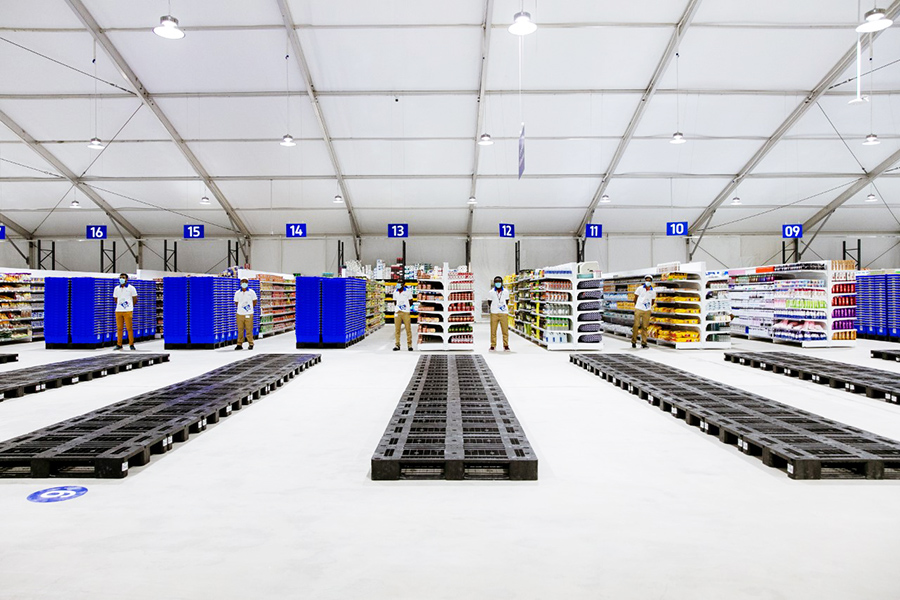
Carrefour UAE fulfilment centres
A recent Gartner survey revealed that in the year ahead, capitalizing on the momentum of transformational activities — especially in physical locations — will be critical to building and maintaining the flexibility that is demanded of doing business today. Today, with customers demanding ubiquity and expecting their favourite brands and retailers to be where they want it to be, physical and digital spaces can’t work in silos anymore. While e-commerce can no longer mean just having an online website, stores can also no longer just be showrooms.
The definition of the store is evolving and the concept is being redefined where the focus today is on creating experiences, using it as a venue for marketing and visibility and not just for sales. However, what has also worked for retailers in this new omnichannel world is the ship-from-store model as a part of their fulfillment supply chain. So, a store is becoming a fulfilment centre for online orders.
In order to get fulfilment execution right, there are a number of technicalities that retailers and retail CIOs need to be mindful of. When done right, it could result in optimization of inventory, enablement of unified commerce experiences and increased customer satisfaction, as well as improved profitability for the business.
Just 18% of organizations report fulfillment accuracy rates of 95% or better, according to a recent Gartner “final mile” survey. Furthermore, Gartner inquiry data indicates that for several Tier 1 retailers, more than half of online orders are now handled by a store, through either click-and-collect or store fulfillment. Customers want to be able to search, transact, acquire and consume products and services safely and easily across a retailer’s entire ecosystem. This means that retailers need strong store teams and robust technology in place to create a fluid experience for customers while simultaneously managing costs.
Currently, one of the biggest challenges to optimal customer fulfillment is the ability to accommodate special requests and lack of agility to react to short-notice requests. Balanced human-machine teams likely hold the key to tackling some of these issues.
As Gartner analysts Max Hammond, Sandeep Unni and Kelsie Marian point out, Target is an example of a U.S.-based retailer that exhibits strength in execution. More than 95% of the company’s Q3 2020 sales were fulfilled by Target stores.
The retailer continued improvements throughout 2020, building on 2019 store investments and parking lot enhancements to support fulfillment, including:
While there is no one-size-fits-all strategy when it comes to retailing, understanding data and leveraging it to support complex end-to-end processing and optimising customer order fulfillment by improving real-time inventory visibility can be a tool in the box for retailers in the Middle East who have recently made the shift online.
You must be logged in to post a comment.